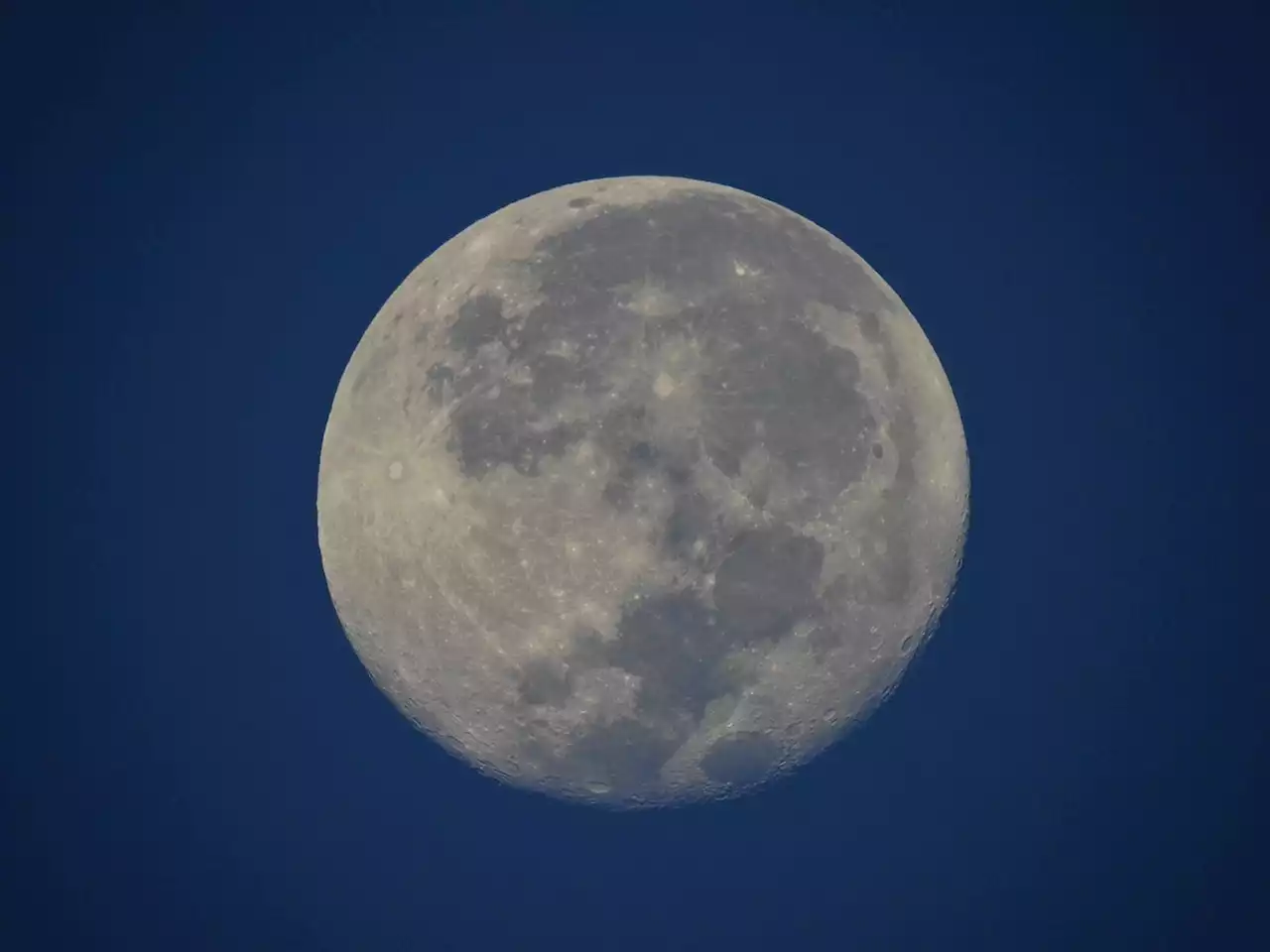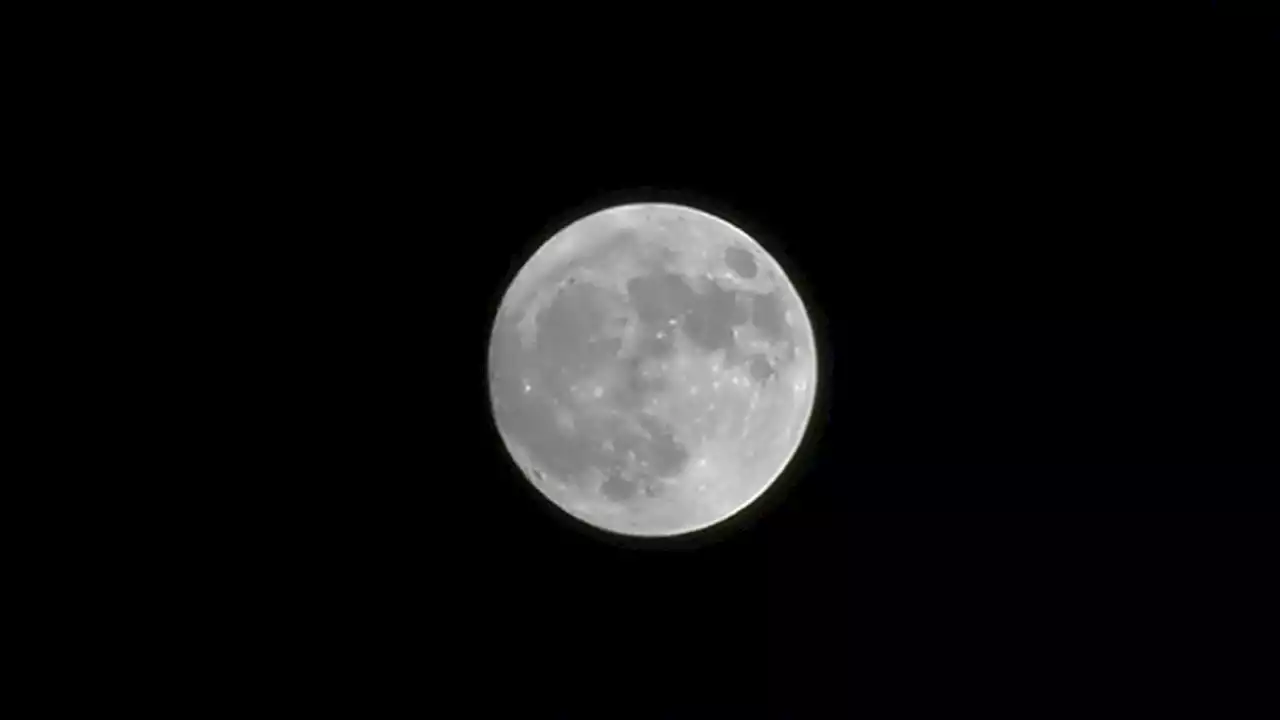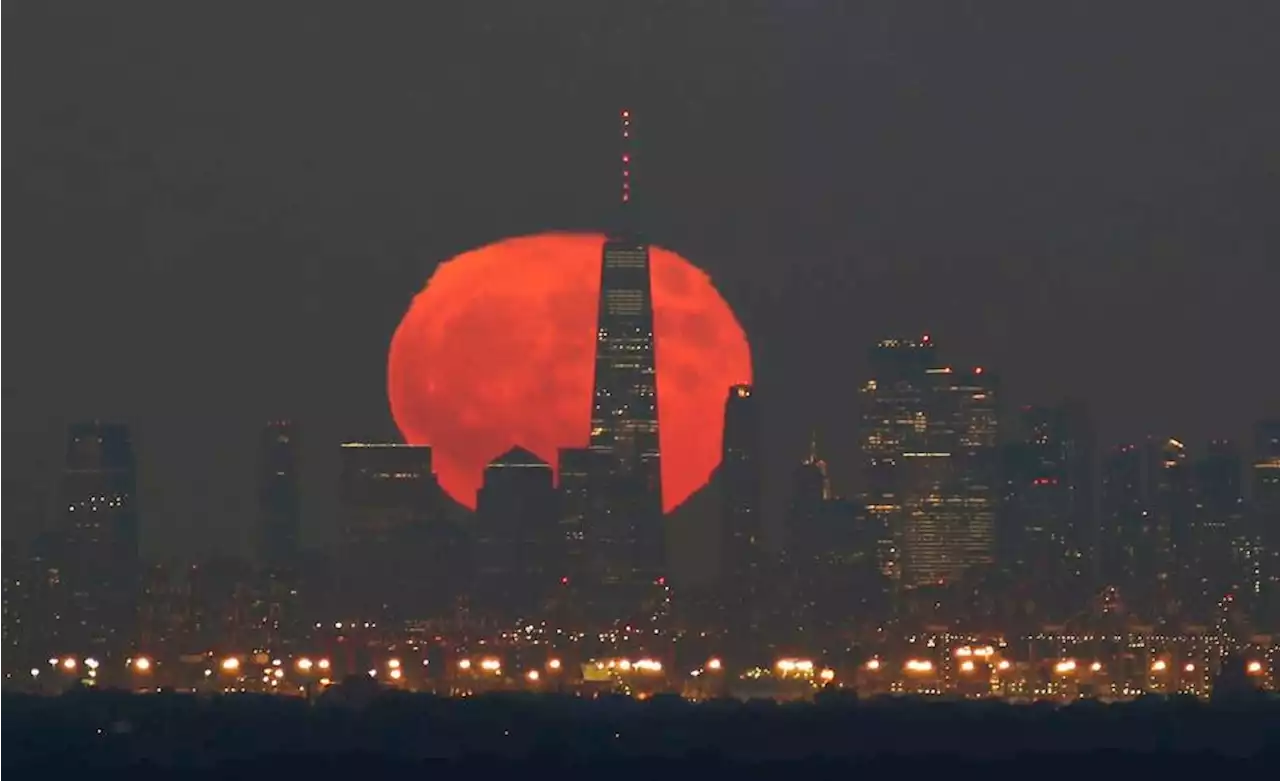An exciting skywatching opportunity begins tomorrow! 🌝
July's full moon — nicknamed the Buck Moon — will charge across Earth's skies on Wednesday, July 13. The moon will reach its peak at about 2:38 p.m. EDT on Wednesday, but the Buck doesn't stop here; the moon will appear bright and full on Tuesday and Thursday night , as well.
Avid skywatchers may notice that the moon looks even larger and brighter than normal. That's because, for the third month in a row, the full moon will rise as a supermoon — or a full moon that occurs while the moon is around or at its closest point to Earth, also known as its perigee. This month, the moon reaches perigee at about 5 a.m. EDT on July 13, just 10 hours before the full moon rises.
United States Latest News, United States Headlines
Similar News:You can also read news stories similar to this one that we have collected from other news sources.
 July 2022’s Full Buck Moon In Capricorn Is Ready To RumbleA breakdown of July 2022's full Buck moon in Capricorn — and how to make the most of it.
July 2022’s Full Buck Moon In Capricorn Is Ready To RumbleA breakdown of July 2022's full Buck moon in Capricorn — and how to make the most of it.
Read more »
 July's Buck Moon Is All About Reflection — Here's How It'll Affect Your Zodiac SignJuly's Buck Moon is about self-reflection and change. Take a look at how this full moon will impact each zodiac sign.
July's Buck Moon Is All About Reflection — Here's How It'll Affect Your Zodiac SignJuly's Buck Moon is about self-reflection and change. Take a look at how this full moon will impact each zodiac sign.
Read more »
 Buck Moon: How to Watch the July SupermoonPull out those binoculars’ lunar lovers as this week’s supermoon is set to be the biggest and brightest of them all.
Buck Moon: How to Watch the July SupermoonPull out those binoculars’ lunar lovers as this week’s supermoon is set to be the biggest and brightest of them all.
Read more »
 A Full ‘Super Buck Moon’ And A Parade Of Planets: What To See In The Night Sky This WeekThis week the Moon will turn full and shine particularly brightly before moving into the morning sky to visit the naked-eye planets Saturn, Jupiter, Mars and Venus.
A Full ‘Super Buck Moon’ And A Parade Of Planets: What To See In The Night Sky This WeekThis week the Moon will turn full and shine particularly brightly before moving into the morning sky to visit the naked-eye planets Saturn, Jupiter, Mars and Venus.
Read more »
 July's full 'Buck Moon' will be the brightest Supermoon of the year: How and when to watchJuly's full moon is a supermoon, meaning it is closer in its orbit to Earth, making it appear larger and brighter in the sky. The moon will be 222,089 miles away from Earth during its closest approach, about 17,000 miles closer than it is on average, according to NASA.
July's full 'Buck Moon' will be the brightest Supermoon of the year: How and when to watchJuly's full moon is a supermoon, meaning it is closer in its orbit to Earth, making it appear larger and brighter in the sky. The moon will be 222,089 miles away from Earth during its closest approach, about 17,000 miles closer than it is on average, according to NASA.
Read more »
